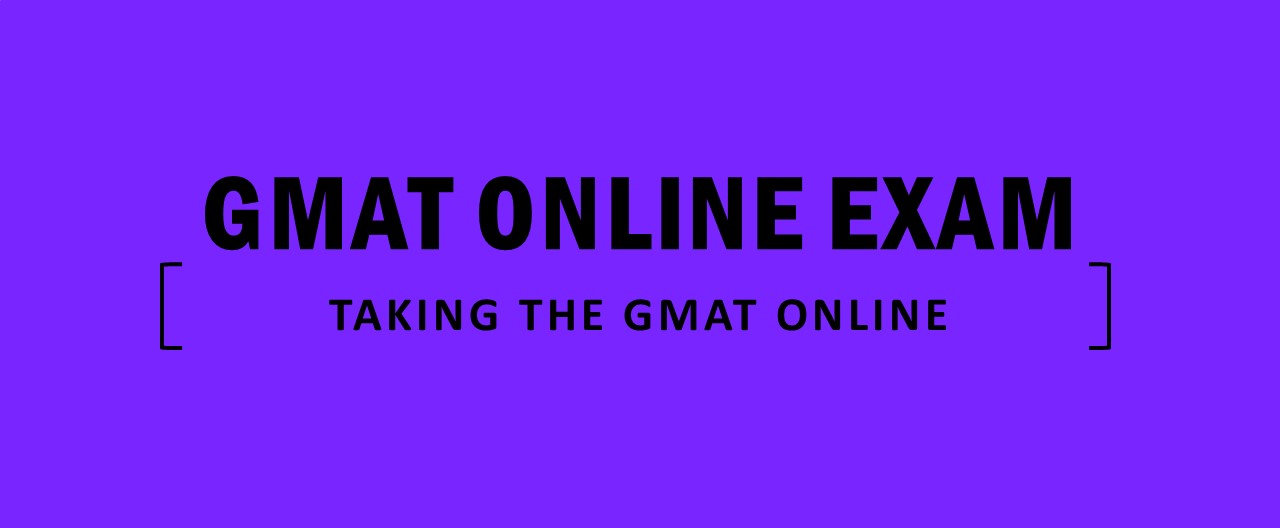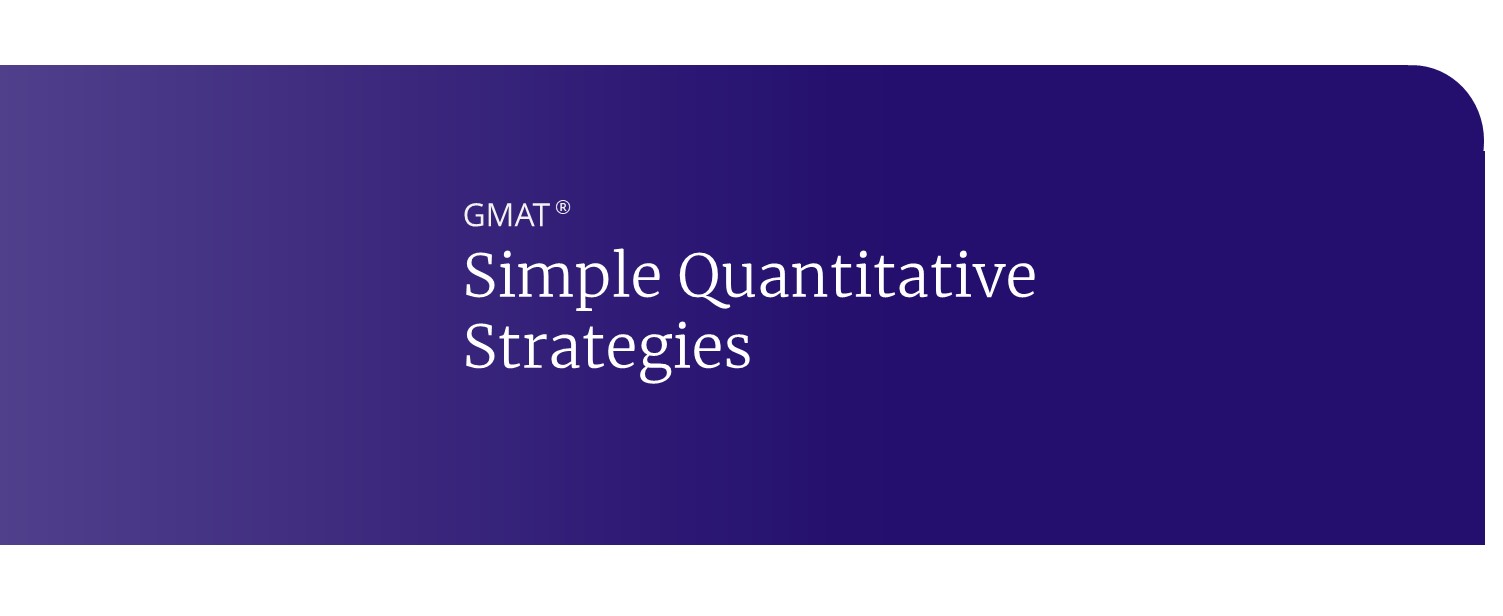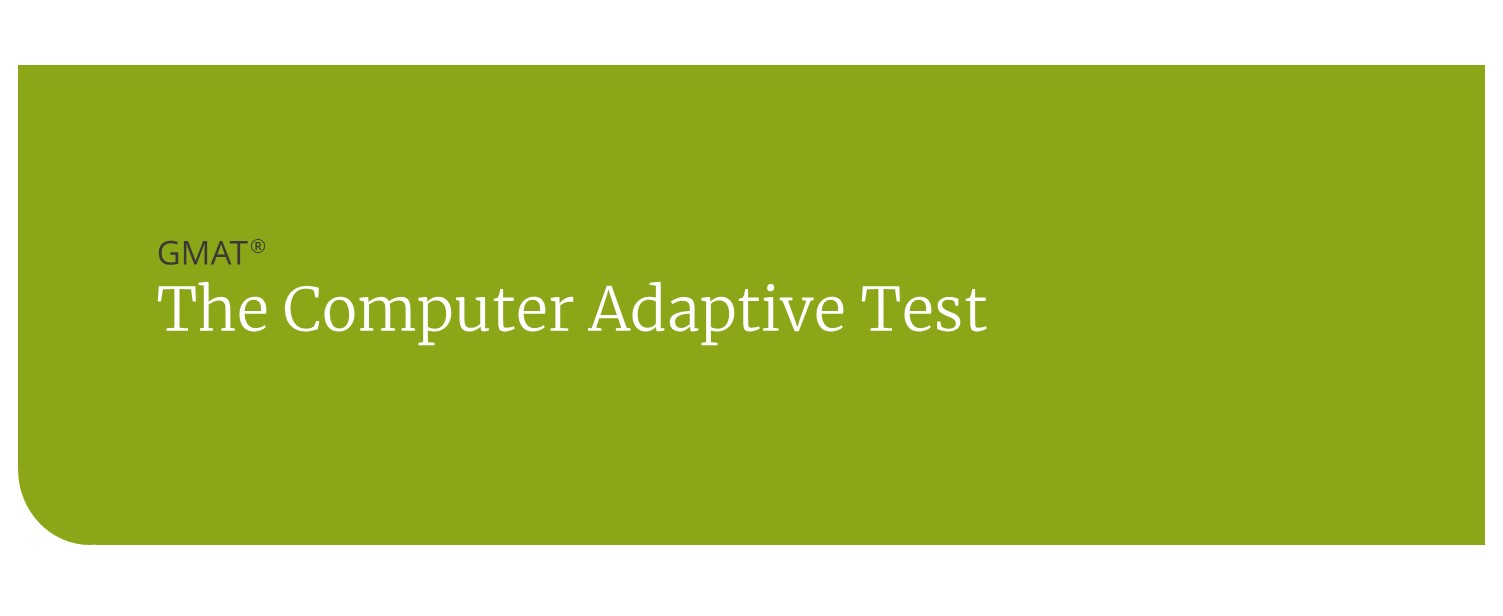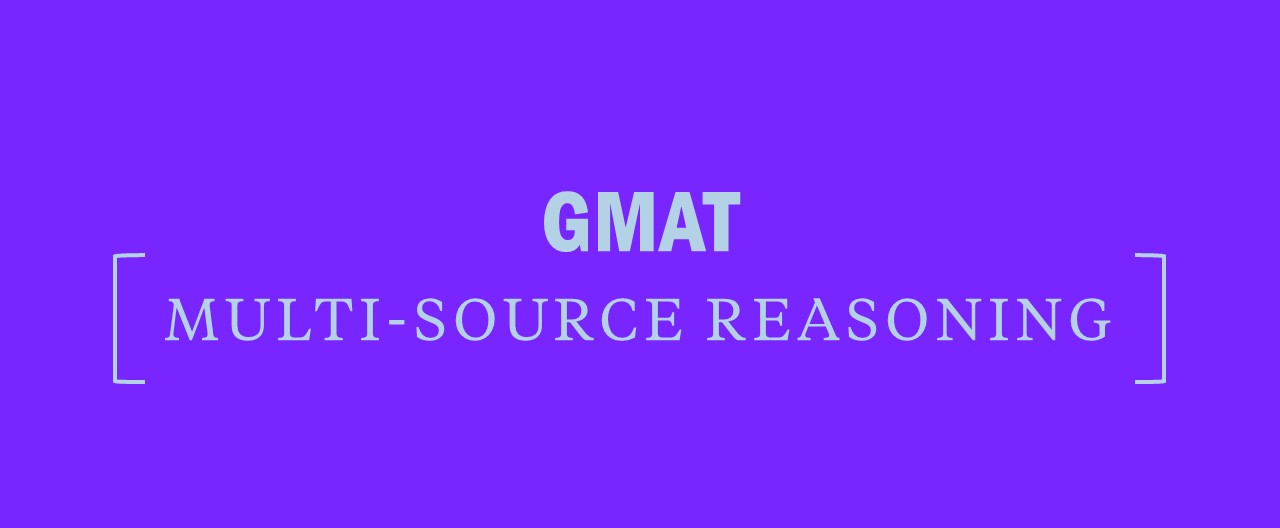GMAT Analysis of an Argument Prompts: Using Weaknesses
One area in which students often struggle is finding errors in the reasoning of an Analysis of an Argument prompt. People have different ideas on how to write this essay, like any other, but for our purposes here we’re going to assume that you’re writing a classic 5-paragraph essay, with an introduction, a conclusion, and three different errors, each detailed in its own paragraph.
Your first line of defense is to use the skills that you’ve built for attacking Critical Reasoning questions. You should always be trying to spot unstated assumptions, and keeping an eye out for some of the more common flaws, like assuming a causal relationship based on a correlation, or drawing a numbers-based conclusion based on percentage-based evidence. If the conclusion is overly broad based on the evidence provided, that can also be a weakness. Once you’ve identified those flaws, explain why they make the argument weak, and how the author could strengthen his position by addressing them. If there aren’t enough of those flaws to create your three body paragraphs, try a classic lawyers’ strategy: nitpick. For example, you can discuss terms that are used ambiguously and how that ambiguity could potentially lead to confusion in interpreting the argument.
There is no such thing as an airtight argument in an Analysis of an Essay prompt, because it is designed to let you showcase your analytic skills. Some students are troubled by the particularly short prompts, because there are fewer details or statements to examine. These shorter prompts can be attacked for the very brevity that makes them seemingly tough to dissect; you can point out the lack of supporting evidence as a flaw, and then write about the kinds of evidence that might support the author’s point.
Here’s an example of the kinds of errors that you can look for in your Analysis of an Argument prompt:
This argument seems to start out fairly well, by pointing out a social issue that few would argue is unimportant. However, it then states that “parents are the only figures in a child’s life who have the authority and presence…” That statement is too extreme; other figures, like teachers and caretakers, may have just as great of a presence in a child’s life as a parent does. The editorial also fails to define the term “fattening foods.” Any food, eaten in a great enough quantity, could be fattening. If the editorialist advocates limiting a certain kind of food, he or she should elaborate on what is included within that statement, instead of assuming that the reader will share the author’s view of what is considered fattening. Finally, the argument states that parents should be punished if their child does not “maintain a healthy body weight.” This ignores a couple of issues; first, what is a “healthy” body weight? The argument could be strengthened by a reference to some kind of standard for determining a healthy body weight, such as the Body Mass Index. And second, the editorial fails to account for factors outside of the parents’ control that might impact children’s weight, such as glandular conditions. Assuming without justification that all childhood obesity is the result of poor eating and exercise habits is an error that reflects poorly on the author’s concluding recommendation.
These are just examples of the kinds of issues you can be looking out for; this is not intended to be a model of an ideal essay, or a sample essay at all for that matter. But you can improve your writing by reading closely and critically for the kinds of flaws discussed here. And ultimately, you can improve your ability to spot an error of reasoning, and write a more well-developed Analysis of an Argument.




